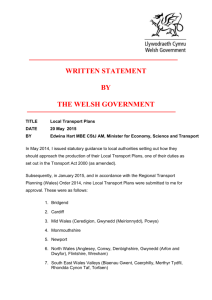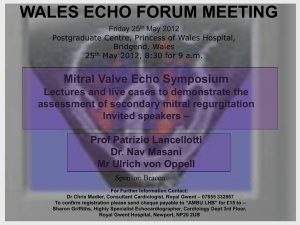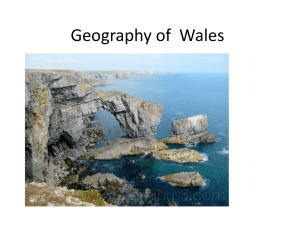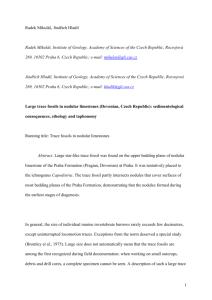vol. 129 pts 3-4, pp. 105-122
advertisement
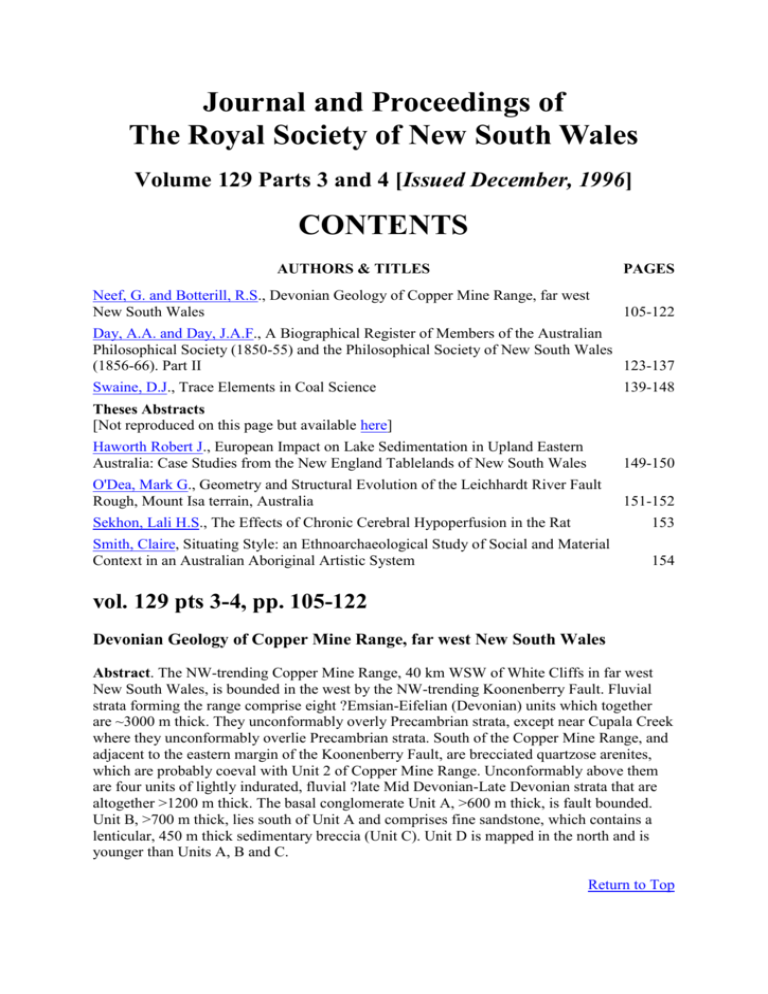
Journal and Proceedings of The Royal Society of New South Wales Volume 129 Parts 3 and 4 [Issued December, 1996] CONTENTS AUTHORS & TITLES PAGES Neef, G. and Botterill, R.S., Devonian Geology of Copper Mine Range, far west New South Wales 105-122 Day, A.A. and Day, J.A.F., A Biographical Register of Members of the Australian Philosophical Society (1850-55) and the Philosophical Society of New South Wales (1856-66). Part II 123-137 Swaine, D.J., Trace Elements in Coal Science 139-148 Theses Abstracts [Not reproduced on this page but available here] Haworth Robert J., European Impact on Lake Sedimentation in Upland Eastern Australia: Case Studies from the New England Tablelands of New South Wales 149-150 O'Dea, Mark G., Geometry and Structural Evolution of the Leichhardt River Fault Rough, Mount Isa terrain, Australia 151-152 Sekhon, Lali H.S., The Effects of Chronic Cerebral Hypoperfusion in the Rat 153 Smith, Claire, Situating Style: an Ethnoarchaeological Study of Social and Material Context in an Australian Aboriginal Artistic System 154 vol. 129 pts 3-4, pp. 105-122 Devonian Geology of Copper Mine Range, far west New South Wales Abstract. The NW-trending Copper Mine Range, 40 km WSW of White Cliffs in far west New South Wales, is bounded in the west by the NW-trending Koonenberry Fault. Fluvial strata forming the range comprise eight ?Emsian-Eifelian (Devonian) units which together are ~3000 m thick. They unconformably overly Precambrian strata, except near Cupala Creek where they unconformably overlie Precambrian strata. South of the Copper Mine Range, and adjacent to the eastern margin of the Koonenberry Fault, are brecciated quartzose arenites, which are probably coeval with Unit 2 of Copper Mine Range. Unconformably above them are four units of lightly indurated, fluvial ?late Mid Devonian-Late Devonian strata that are altogether >1200 m thick. The basal conglomerate Unit A, >600 m thick, is fault bounded. Unit B, >700 m thick, lies south of Unit A and comprises fine sandstone, which contains a lenticular, 450 m thick sedimentary breccia (Unit C). Unit D is mapped in the north and is younger than Units A, B and C. Return to Top vol. 129 pts 3-4, pp. 123-137 A Biographical Register of Members of the Australian Philosophical Society (1850-55) and the Philosophical Society of New South Wales (1856-66). Part II A.A. Day and J.A.F. Day See Part I of this paper in vol. 117 pts 3-4, pp. 119-127 (1984) for an Introduction. Return to Top vol. 129 pts 3-4, pp. 139-148 Trace Elements in Coal Science D.J. Swaine Abstract. Trace elements are relevant in several aspects of coal science. Five topics are dealt with in detail, namely, the occurrence of trace elements, boron as an influence of marine influence, boiler deposits, fluorine in coal, and the deposition of trace elements from the atmosphere. There is an increasing interest in the fate of trace elements from the combustion of coal for power production, especially environmental aspects of trace elements from the atmosphere and from ash disposal areas. Several suggestions for future work are outlined.





